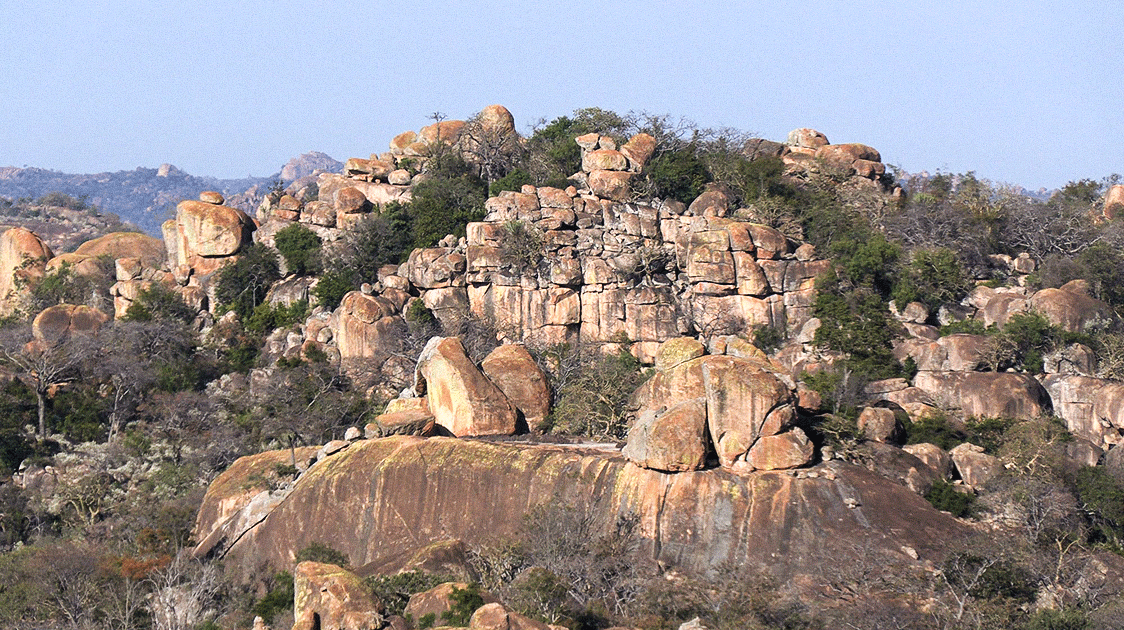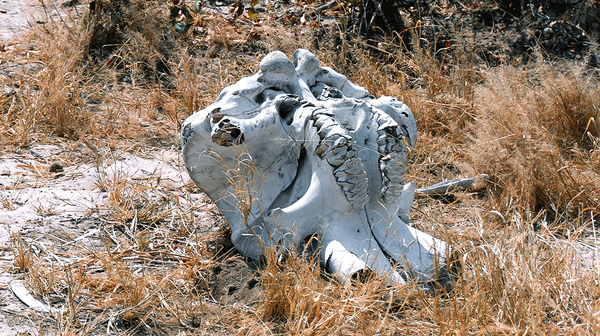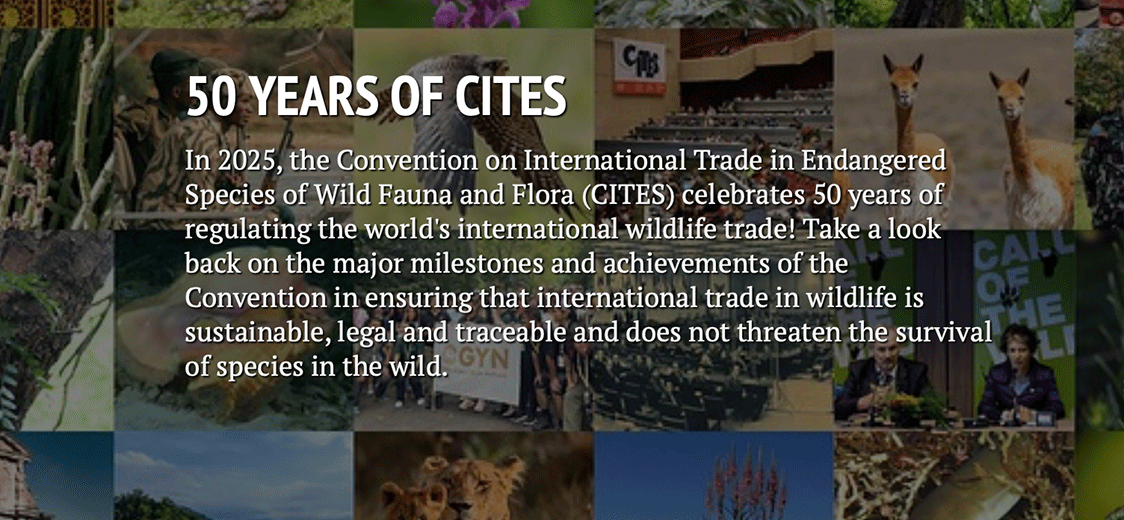The Matobo Hills: A Unique Conservation Venture (5-minute Video)

The breathtaking scenery of the Matobo Hills in South-western Zimbabwe, Africa, with its multitude of massive round granite domes with gigantic boulders of various sizes balanced on top, creating what looks like natural art, has been sculpted over millions of years by sun, wind and water.
The hills, known locally as kopjies, fall into two main categories: the balancing castle copies formed by rock splitting along natural lines of weakness and the great smooth whalebacks or dwalas formed by curved joints running parallel to the surface.
This distinctive feature gave the region its name, Matobo, which means "bald heads" in the local Ndebele language.
The Matobo Hills have been inhabited for thousands of years, with archaeological evidence dating back to at least the Early Stone Age, around 300,000 B.C.
The San people occupied the area about 2,000 years ago, leaving a rich legacy of incredibly varied rock art. The art primarily depicts animals and human figures, often in complex scenes.
There are over 3,000 registered rock art sites, the main periods of painting being between 320 and 500 A.D.
The Matobo Hills have diverse wildlife, including the highest concentration of leopards in the world. Research estimates one leopard every five square kilometers.
The Matobo Hills are not just a natural wonder but also have spiritual significance for the Ndebele people.
Sacred shrines to their ancestral spirits have been placed within the hills to communicate with the mystical world.
The area was designated a UNESCO World Heritage Site in 2003 for its distinctive landscapes and cultural significance.
Within the Matobo Hills is a unique conservation venture involving a partnership between private enterprise and the local people, sustainable wildlife use, domestic livestock husbandry, and community upliftment projects.




